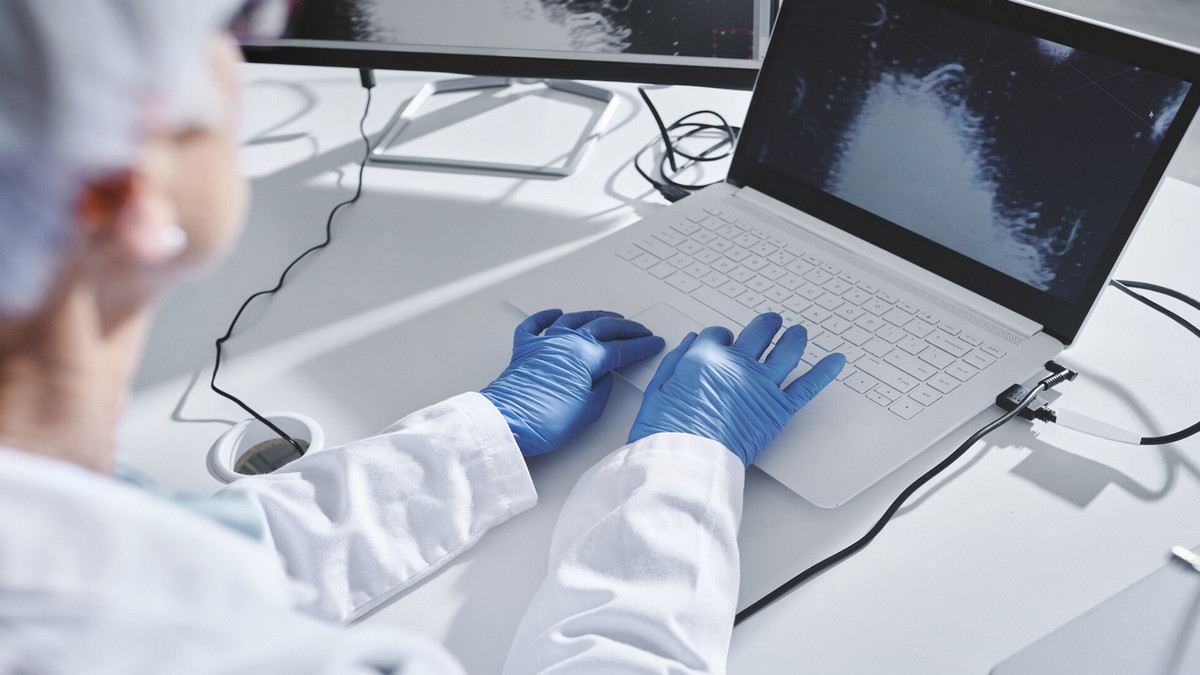EMR (Electronic medical record) is focused medical data, mainly used by clinicians for diagnosis and treatment. EHR (Electronic health record) focuses on personal health data, which includes the state of physical, mental, or mental health. EHR has a wider range than EMR.
What is an Electronic Medical Record (EMR)?
Electronic Medical Record is an electronic version of a patient's medical record, which usually contains all of the patient's medical records, diagnoses, medication use, test results, and notes made by physicians. Unlike EHR, EMR only focuses on the communication between the patient and the clinic/hospital to record their medical records and treatment.
Medical records are the main records of medical personnel engaged in medical behavior, are the basis for calculating medical expenses, and are an important source of information to assist clinical decision-making. Traditional paper medical records face many challenges, such as time-consuming delivery, difficult data analysis, and the inability to be used by multiple people at the same time. Inability to limit partial reading, high space and labor costs, difficulty in backup and resource consumption, etc. With the development of information technology, the concept of electronic medical records, which computerized traditional written medical records, came into being. In addition to solving the problem of storage and use of paper medical records, electronic medical records can also improve the efficiency of service and application, and payment, which is of great help in reducing the waste of medical resources.
Benefits of Electronic Medical Records (EMR):
- Save space and be safer.
- Save time and be more efficient.
- It is more convenient to save manpower.
- Save costs and be more environmentally friendly.
Electronic Medical Record (EMR) records:
- Patient profile.
- Medical history, health, and disease testing, and course reports.
- History of drug use, allergies, and immunizations.
- Inspection and inspection scheduling, and the functions of obtaining inspection and inspection reports.
- It can display medical images such as X-ray photographs or MRIs.
- Doctor's order function, and can provide patient safety functions to reduce the side effects of diagnosis and treatment.
- Evidence-based recommendations for specific medical conditions are termed clinical practice guidelines.
- Appointment schedule.
- Compensation and payment of medical expenses.
- Patients can be reminded to continue with future visits, tests, and other preventive care.
EMR allows clinicians to:
- Track data over time.
- Easily determine which patients need preventive screening or testing.
- Check the patient's performance on certain parameters.
- Monitor and improve the overall quality of healthcare in practice.
What is an Electronic Health Record (EHR)?/
Based on the electronic medical record (EMR), EHR not only covers medical records and test results, but also contains all the information of patients in the field of health, such as medical records and diagnosis, testing, and drug records of different subjects, course of treatment, allergies, patient information, and all relevant data. Electronic Health Record integrates patient health information from various sources, including all electronic medical records of the patient, which can be accessed by the patient's healthcare provider from various locations. Ideally, electronic health records should have the characteristics of continuous real-time updating, such as interactivity, interoperability, security, immediacy, and point-of-care. Electronic health records can also be used for non-medical purposes, such as medical quality improvement, outcome reporting, medical resource management, and public health purposes.
Electronic Health Records (EHRs) represent the ability to easily share medical information among stakeholders and enable patient data to follow through a variety of care modalities in which individuals participate. Electronic Health Records (EHRs) are designed to be accessible to all those involved in patient care, including the patient himself. Electronic health records are electronic personal health records (medical records, electrocardiograms, medical images, etc.). Electronic health records can be accessed through computers or the Internet and can contain current and past personal health information. In addition, electronic health records can include medical-related reference data, medical treatment, drug use, demographic data, and other non-medical management data. A personal health record (PHR) is a medical information record held by individual patients or non-professional medical personnel. The sources of personal health records include patient records, physician records, hospital and laboratory records, legal records, power of attorney and insurance records, etc., which can be in the paper, electronic media, or both. Tool. It becomes even more powerful when data is shared securely. Healthcare is a team effort, and sharing data supports that effort. After all, much of the value of a healthcare delivery system stems from the effective exchange of information from one party to another, and ultimately the ability of multiple parties to participate in the exchange of information.
Benefits of Electronic Health Records (EHR):
- Data collected by primary care providers inform emergency department clinicians about a patient's life-threatening allergies so that care can be adjusted appropriately even if the patient is unconscious.
- A patient can log into his records and see trends in lab results over the past year, which can help motivate him to take his medication and keep up with lifestyle changes that improve those numbers.
- The results of the previous test are already in the record, so the tests that the expert patient has already undergone are known, and there is no need to repeat the test.
- Clinicians' records during a patient's hospital stay can help inform discharge instructions and follow-up care and allow patients to move more smoothly from one care setting to another.
Features of Electronic Health Record Sharing System:
- System security and privacy protection.
- Get browsing references, fast and securely.
- Comprehensive lifetime record.
- Reduce errors or repeat inspections.
In the process of the medical care industry becoming smart, it is not just medical procedures that are transformed. The real Smart Healthcare is to put consumers at the core and build an entire ecosystem, covering SHC, smart hospitals, clinics, laboratories/imaging A decentralized but shared resource and data ecosystem for facilities such as centers, homes, and care centers.







.png)






